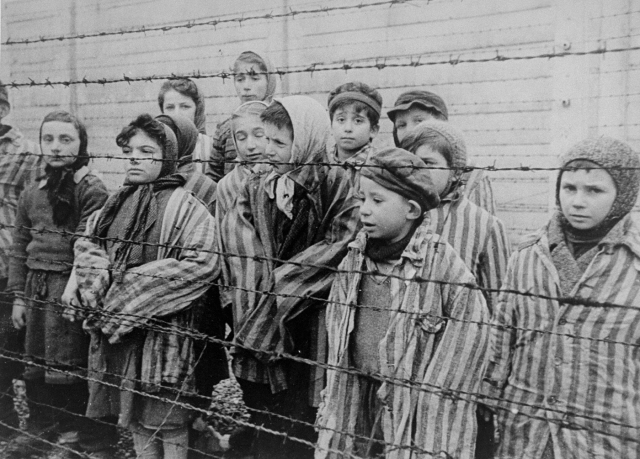In Zakhor, the famous commentary on Jewish history and memory, historian Yosef Hayim Yerushalmi writes, “Only in Israel and nowhere else is the injunction to remember felt as a religious imperative to an entire people.” Confluent with that statement is the fact that many of the Jewish people’s most haunting moments have been institutionalized, woven into the fabric of Jewish identity. As a cultural and religious group, we pride ourselves on our capacity to remember; the destruction of the Temples, the Crusades, and the Inquisition are all commemorated annually with days of fasting, each of which possessing its own codified moral and meaning. The Holocaust, however, seems to pose a more complex challenge as we search for its place and purpose within Jewish memory.
A recent trend among Israeli youth attempts to memorialize the suffering of Holocaust victims in an unconventional manner. By transplanting the tattooed numerical identities of Holocaust victims onto their own bodies, Israelis like Hannah Rabinovitz, who now has her father’s numbers ‘65640’ tattooed to her calf, seek to carry their families’ Holocaust experiences with them permanently. The trend has even been covered in a recent documentary called “Numbered,” co-directed by Israeli photojournalist Uriel Sinai, which features the effort of descendants of Holocaust survivors to ensure that their relatives’ stories are seared into the nation’s memory by way of this shocking tactic.
“Numbers” ran at the Chicago Jewish International Film Festival on October 10th, broadcasting the emerging trend of honoring Holocaust survivors and victims through their tattoos to a wide audience. To many survivors and their families, reclaiming the numbers assigned to Jews interned in Auschwitz is a way of ensuring that their brutal dehumanization at the hands of the Nazis is never forgotten.

To others, however, the notion of inscribing the digits forced onto the Holocaust victims is offensive. To these detractors, this symbol of the Nazis’ cruel tactics should not be replicated as one of pride or commemoration.
The debate over the permissibility of Holocaust-themed tattoos will likely not be resolved by any consensus. However, it is worth considering that this debate recalls the far more pertinent question of how the Holocaust should be memorialized, especially in light of the far-advanced age of its survivors. According to research done by Yad Vashem, some 250,000 survivors currently reside in Israel — less than half the number at the time of Israel’s founding in 1948.
At the Passover Seder, we recite the rabbinic directive that in every generation, we must see ourselves as if we had [personally] exited Egypt. That makes sense in the context of a memory that serves as the foundational narrative of our nationhood. To treat any other story in such a way would harmfully eclipse other essential chapters in Jewish history. We should be wary of the effects of the Holocaust story becoming too central to Jewish identity.
Therefore, instead of inventing new methods of Jewish memorialization, perhaps we should once again look to our tradition for guidance. Introducing the narrative and emotion of Holocaust more prominently into religious liturgy and educational curricula would serve a better purpose than inking it into our flesh. Moreover, as a community, we should ensure that memories of the Holocaust serve not as blinders that dictate our perception of the world and ourselves, but as instruments that carry the Jewish love of liberty and human rights into the next generation.
____
Please note: the opinions expressed by the author do not necessarily reflect the views and opinions of Ha’Am Newsmagazine.


Its hard to describe my feelings visiting Auschwits in october. So I let my words and my music do the job.
http://finnhjalmar.wordpress.com/2012/10/25/a-trip-to-the-kingdom-of-shame/